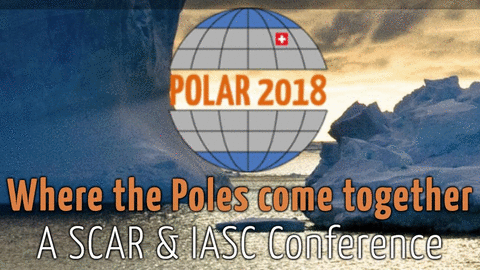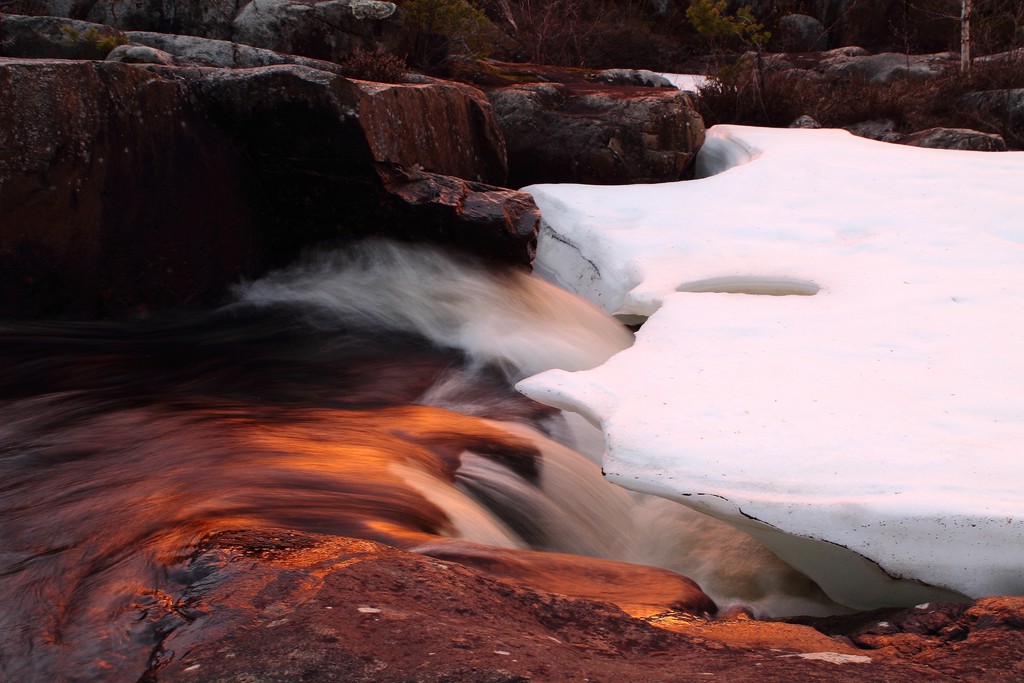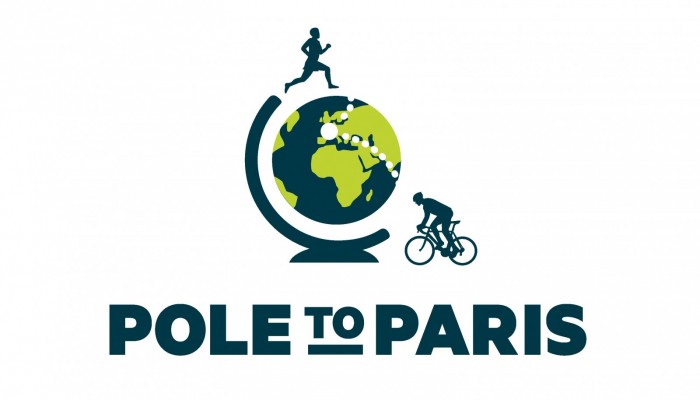Next Tuesday (19th June) the POLAR18 Open Science Conference kicks off in Davos, Switzerland. We have put together a quick guide about events that might be of interest to you during the week! Conferences are about the science, of course, but the social side is just as important 🙂 What is POLAR18? The eagle-eyed among you will have spotted that the POLAR18 conference is, in fact, a collection of di ...[Read More]
Image of the week – Getting glaciers noticed!
Public engagement and outreach in science is a big deal right now. In cryospheric science the need to inform the public about our research is vital to enable more people to understand how climate change is affecting water resources and sea level rise globally. There is also no better way to enthuse people about science than to involve them in it. However, bringing the cryosphere to the public is a ...[Read More]
Image of the Week – A rather splendid round-up of CryoEGU!
The 2017 edition of the EGU general assembly was a great success overall and for the cryospheric division in particular. We were for instance thrilled to see that two of the three winning photos of the EGU Photo contest featured ice! To mark the occasion we are delighted to use as our image of this week, one of these pictures, which shows an impressive rapid in the Pite River in northern Sweden. ...[Read More]
Image of The Week – Ice Flows!
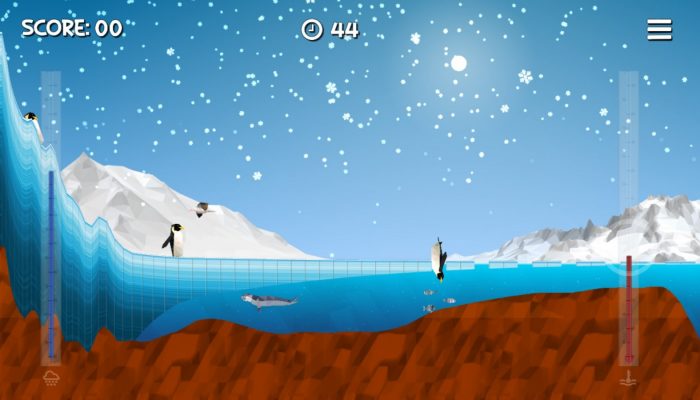
Portraying ice sheets and shelves to the general public can be tricky. They are in remote locations, meaning the majority of people will never have seen them. They also change over timescales that are often hard to represent without showing dramatic images of more unusual events such as the collapse of the Larsen B Ice Shelf. However, an app launched in the summer at the SCAR (Scientific Committe ...[Read More]
Ice on fire at the Royal Society Summer Science Exhibition
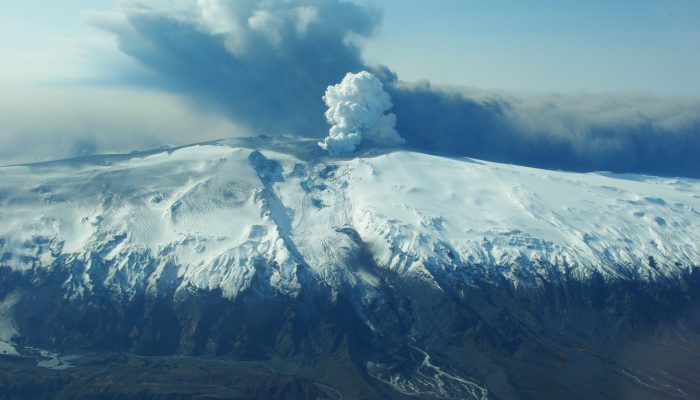
The Royal Society Summer Science Exhibition (RSSSE) is a free public event 4-10th July 2016 in London. This is a yearly event that is made up of 22 exhibits, selected in a competitive process, featuring cutting edge science and research undertaken right now across the UK. The scientists will be on their stands ready to share discoveries, show you amazing technologies and with hands-on interactive ...[Read More]
Filling the Gap between Science and Politics
Have you ever wondered how results from scientific studies make their way into policy and influence government decisions? Read about the experiences of Sammie Buzzard, University of Reading, who spent her summer working for a government body in Westminster, London, UK. This summer I had the opportunity to take some time away from my usual Ph.D. work and spend 3 months working for the Government Of ...[Read More]
From the Poles to Paris — An interview with Erlend Moster Knudsen
What do polar bears and emperor penguins have to do with the Eiffel Tower and Notre Dame? Pole to Paris has the answer. Erlend Moster Knudsen earned his PhD in climate dynamics after four years of research from the University of Bergen, Colorado State University and University of Alaska Fairbanks on Arctic sea ice and its interaction with atmospheric circulation. He took some time to answer ...[Read More]

